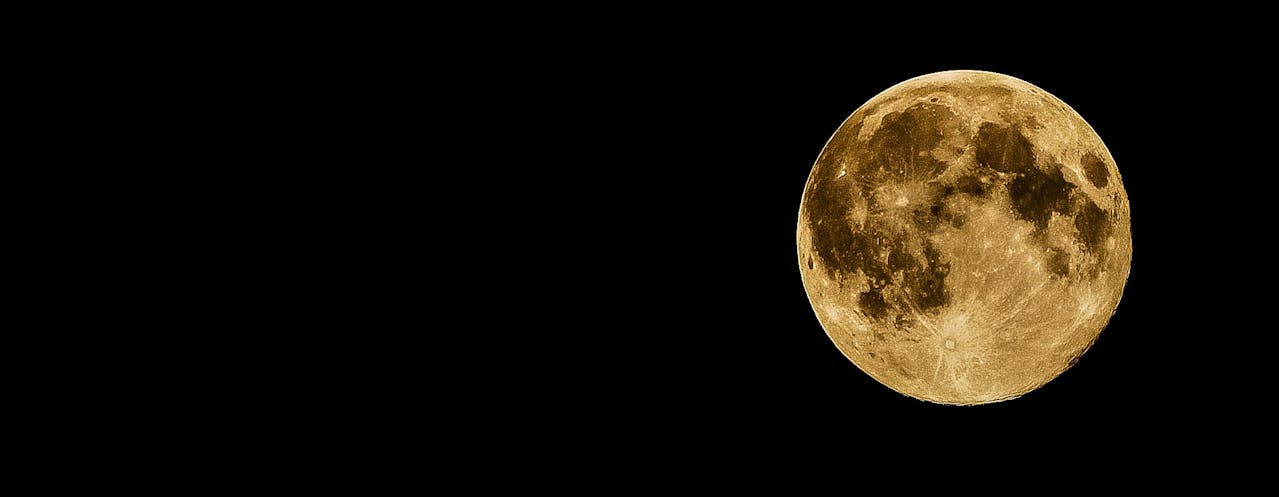
Upcoming full moon: Supermoon and Hunter’s Moon
The next full moon, referred to as the Hunter’s Moon, is expected to rise this Thursday and will remain full for about three days.

The next full moon, the Hunter’s Moon, will take place on Thursday, October 17, 2024, at 13:26. Notably, it will stay full for approximately three days. Since the Hunter’s Moon will be visible globally and South Africa’s location in the Southern Hemisphere does not obstruct its view, it should be clearly visible from the country.
Upcoming supermoon
The Hunter’s Moon will appear in night skies all over the world this week, starting on Thursday.
It is important to note that the upcoming full moon has multiple names. The Hunter’s Moon is a centuries-old name for the full moon that immediately follows the autumnal equinox and the September Harvest Moon that accompanies it, which signals an acceleration in the hunting season, according to CBS News.
The upcoming full moon is also a supermoon, where the moon appears brighter and larger to skywatchers on Earth because of its proximity to the planet. This one is expected to be the most dazzling of the year so far.
What is a supermoon?
EarthSky explains that a new moon occurs when the moon, in its monthly orbit of Earth, goes more or less between the sun and the Earth. A full moon happens when the moon, in its monthly orbit, is on the opposite side of the Earth from the sun. Perigee refers to the moon’s closest point to Earth in a month.
When the new or full moon closely coincides with perigee, popular culture calls what then occurs a supermoon.
According to the National Aeronautics and Space Administration (NASA) astrologer Richard Nolle coined the term ‘supermoon’ in 1979. He used it for a new or full moon within 90% of its closest approach to the Earth.
A supermoon is called this because the moon appears significantly large in the sky since it is the closest to the Earth at a time when it is full.
Supermoons look brighter than ordinary full moons by a noticeable amount. That is because a supermoon exceeds the disk size of an average-sized moon by up to 8%. It also exceeds the brightness of an average-sized full moon by around 15%.
